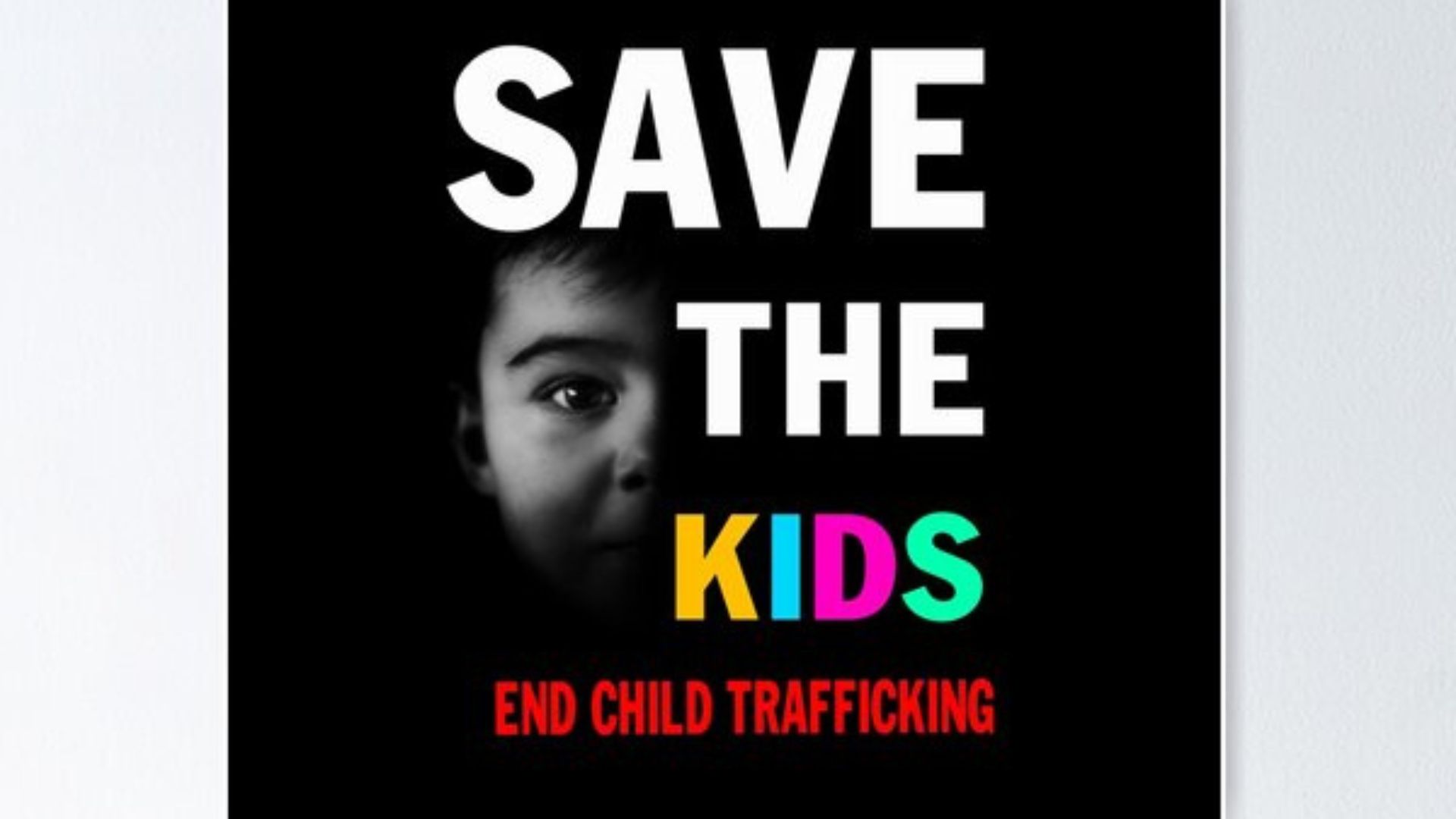|
Getting your Trinity Audio player ready...
|
Child trafficking remains a global crisis, robbing countless children of their innocence and leaving lasting scars on societies. Confronting this issue requires a multi-faceted approach that involves individuals, communities, and governments. In this comprehensive guide, we delve into practical ways to address and ultimately solve the grave problem of child trafficking.

Raise Public Awareness of Child Trafficking
The first step in combating child trafficking is to raise public awareness. Educate communities about the signs of trafficking, the vulnerabilities of children, and the prevalence of this crime. Media campaigns, educational programs, and community workshops can contribute to fostering a vigilant and informed society that actively works against child trafficking.
Strengthen Legal Frameworks
Governments play a crucial role in the fight against the violation of children’s rights. Strengthening legal frameworks and ensuring strict enforcement of laws can act as a deterrent. This includes stringent penalties for traffickers, robust victim protection measures, and international cooperation to prosecute those involved in trafficking across borders.
Supporting victims is paramount in breaking the cycle of trafficking. Governments and NGOs should invest in comprehensive victim support services, including counseling, healthcare, and reintegration programs. Empowering survivors helps them rebuild their lives and provides a testimony of hope that can discourage potential traffickers.
Enhance Border Security Measures
Child trafficking often involves the crossing of borders. Enhancing border security measures, including strict border controls and cooperation between countries, can prevent the movement of traffickers and victims. This collaborative approach is vital in tackling the transnational nature of child trafficking.
Foster International Cooperation
Child trafficking knows no borders, and international cooperation is essential. Governments, NGOs, and law enforcement agencies must collaborate across borders to share intelligence, coordinate efforts, and apprehend traffickers involved in cross-border activities. Multilateral partnerships can amplify the impact of anti-trafficking initiatives.
Empower Communities on Child Trafficking
Empowering local communities is a proactive approach to preventing child trafficking. Strengthen community networks, educate parents and guardians about the risks, and establish support systems. When communities are vigilant and informed, they act as the first line of defense against traffickers.
Support Educational Initiatives
Implement educational programs that teach children about their rights, personal safety, and the tactics traffickers use. Additionally, provide training for educators to recognize signs of trafficking and create a safe environment for students to disclose potential abuses.
Encourage Ethical Supply Chains
Businesses can play a role in combating child trafficking by ensuring their supply chains are ethical and free from exploitation. Implement strict policies against child labor, conduct regular audits, and support initiatives that promote fair labor practices. By doing so, companies contribute to a global environment that rejects child exploitation.
Utilize Technology for Monitoring and Reporting
Leverage technology to monitor and report potential cases of child trafficking. Develop hotlines, apps, or online platforms where individuals can report suspicious activities anonymously. Technology can also aid law enforcement in tracking and apprehending traffickers who exploit digital platforms for their criminal activities.
Advocate for Policy Changes
Advocate for policy changes at local and national levels to address the root causes of child trafficking. This includes addressing issues like poverty, inequality, and lack of access to education. Policies that focus on prevention, protection, and prosecution are essential in creating an environment where child trafficking is less likely to thrive.
Promote Responsible Tourism
Child trafficking often intersects with the tourism industry. Promote responsible tourism practices by encouraging travelers to be aware of the potential for exploitation, avoid supporting unethical establishments, and report suspicious activities. Tourism stakeholders should also commit to responsible business practices that protect children.
Engage Men and Boys in Preventing Child Trafficking
While the violation of children’s rights affects both genders, engaging men and boys in prevention efforts is crucial. Challenge harmful gender norms and stereotypes that contribute to trafficking. By fostering a culture of respect and equality, societies can reduce the vulnerabilities that traffickers exploit.
Monitor and Address Online Exploitation
The internet has become a tool for traffickers to exploit children. Governments and tech companies must work together to monitor and address online exploitation. This includes removing illegal content, tracking the online activities of potential traffickers, and implementing measures to protect children in the digital space.
Encourage Whistleblower Protections
Encourage and strengthen whistle-blower protections to create an environment where individuals feel safe reporting trafficking activities. This can lead to early intervention, the dismantling of trafficking networks, and increased accountability for those involved in this heinous crime.
Conclusion
In conclusion, solving child trafficking requires a comprehensive and collaborative effort from individuals, communities, and governments. By raising awareness, strengthening legal frameworks, supporting victims, and addressing root causes, societies can work towards eradicating this grave violation of children’s rights. It is a collective call to action that demands unwavering commitment and sustained efforts to create a world where every kid is free from the shackles of trafficking.
You may also be interested in the following:




